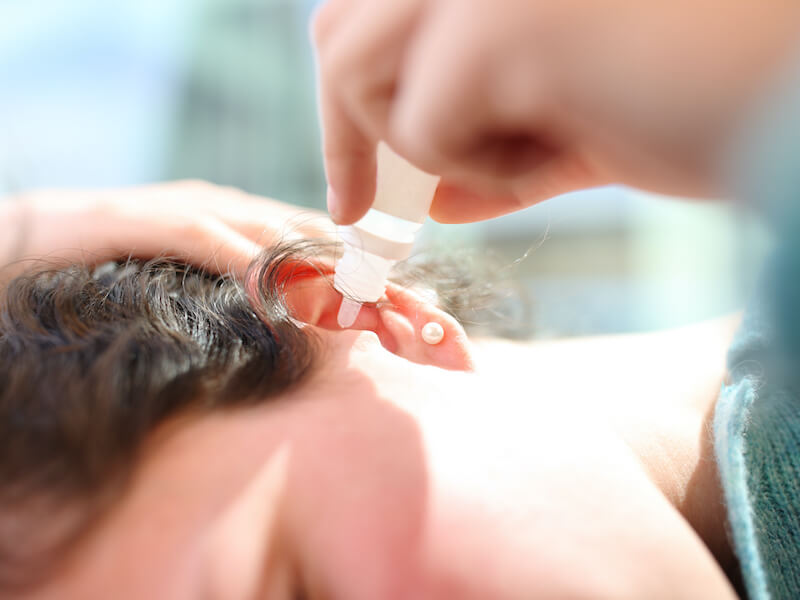
Don’t forget to wash your ears. Whenever you say that, you unavoidably use your “parent voice”. Perhaps when you were a kid you even recall your parents telling you to do it. That’s the sort of memory that can take you back to simpler times as you wrap yourself in the nostalgia of youth.
But it’s also great advice. Out-of-control earwax accumulation can cause a significant number of issues, particularly for your hearing. And on top of that, earwax can harden up inside your ear and become really hard to clean. In other words, the cleaner you keep your ears, the better off you’ll be.
Excessive earwax? Eww!
Earwax is, well, sort of gross. And we’re not going to try to change your mind about that. But earwax does have a purpose. Created by specialized glands in your ear and churned outwards by your jaw’s chewing motion, earwax can help keep dust and dirt out of your ears.
Essentially, the correct amount of earwax can help keep your ears healthy and clean. It might seem weird, but earwax doesn’t suggest poor hygiene.
The troubles start when your ears generate too much earwax. And it can be fairly difficult to know if the amount of earwax being created is healthy or too much.
What does accumulated earwax do?
So, what develops as a result of excess earwax? Earwax that gets out of control and, over time, builds up, can lead to several problems. Here are a few:
- Tinnitus: When you hear ringing or buzzing that isn’t actually there, you’re probably dealing with a condition called tinnitus. Tinnitus symptoms can appear or get worse when earwax accumulates inside your ear.
- Dizziness: Your inner ear is essential to your balance. You can suffer from bouts of dizziness and balance problems when your inner ear is having problems.
- Earache: An earache is one of the most common signs of excess earwax. It doesn’t have to hurt a lot (though, in some cases it can). This usually happens when earwax is causing pressure in places that it shouldn’t be.
- Infection: Excessive earwax can lead to ear infections. If fluid builds up, it can become trapped behind plugged earwax.
These are only a few. Headaches and pain can occur because of unchecked earwax accumulation. Excessive earwax can interfere with the functionality of hearing aids. So excessive earwax might make you think your hearing aids are having problems.
Can earwax impact your hearing?
The quick answer is yes. Hearing loss is one of the most prevalent issues connected to excess earwax. Normally producing a form of conductive hearing loss, earwax builds up in the ear canal, stopping sound waves and vibrations from getting very far. The problem normally clears up when the earwax is extracted, and usually, your hearing will return to normal.
But if the accumulation becomes extreme, permanent damage can appear. The same is true of earwax-caused tinnitus. It’s usually not permanent. But the longer the extra earwax sticks around (that is, the longer you neglect the symptoms), the greater the risk of long-term damage.
Prevention, treatment, or both?
If you want to protect your hearing, then it seems logical to keep an eye on your earwax. In many cases, earwax buildup is caused not by excess production but by improper cleaning (for example, blockage is frequently a result of cotton swabs, which tend to push the earwax further in instead of getting rid of it).
It will usually call for professional removal of the wax that has become solidified to the point that you can’t remove it. The sooner you get that treatment, the sooner you’ll be able to hear again (and the sooner you’ll be capable of cleaning your ears the correct way).
References
https://my.clevelandclinic.org/health/diseases/14428-ear-wax-buildup–blockage